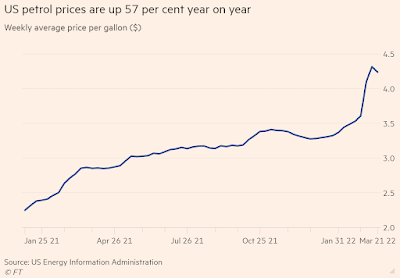I am an inveterate fan of cricket, so don't get me wrong on this. There seems to be something wrong about the economics of holding cricket matches in India.
The uncertainty and debate surrounding the holding of Indian Premier League (IPL) cricket matches during the time of general elections in India throws up a few interesting issues. Amidst the debate about national pride, the ability of Indian state to provide security against terror attacks, the relative importance of cricket and elections, and a host of other issues, it is often overlooked that that big cricket matches (tests, one-dayers, T-20, and even exhibition events) have substantial externalities that make these events effectively public functions/events.
It cannot be denied that international cricket matches have long since ceased to be mere private commercial events organized by a private sporting body (the Board of Control for Cricket in India or BCCI) and viewed by ticket paying audience. Hidden from public view is the fact that cricket matches involve massive mobilization of logistics by the local administration. Everything from medical care and sanitation, provision of drinking water, arranging parking facilities (in most venues), and police bandobust to avoid stampedes and security at the stadium become the responsibility of the district administration. Massive numbers of police and other personnel are mobilized for the smooth conduct of these matches. The heightened security dimension only adds to the responsibilities of the state. That most states have
demanded central paramilitary forces to assist them in conduct of the IPL games this year, is a testament to the extent of security force mobilization that is required.
In other words, cricket matches generate substantial externalities, whose costs are most often borne by those other than the organizers. As with all such externalities, the incentives get distorted if their costs are not internalized. The present confusion surrounding the IPL is a classic example of how the distortions in incentives can produce undesirable outcomes. The scheduling of the IPL matches in April-May period, despite the prior knowledge that general elections would be held at the same time, came naturally to the organizers since they were indifferent to the costs of such a decision.
After all, security and the other massive logistics were externalities to be borne by someone else. In fact, security and other external concerns are rarely under consideration when the organizers schedule the fixtures, which are then presented as a fait accompli to the local administration. If the costs of holding a cricket match were internalized, the organizers would have had to account for the heightened security concerns and take decisions after due consultations with the government.
Further, internalizing the costs of holding cricket matches includes not only paying user charges for the services utilized, but also arranging adequate parking facilities, providing good quality seating and other facilities to spectators, other public utility logistics within the stadium etc. Given the revenues generated by the sport and the huge commercial interest (after all if there were no money, businesses would not bid spectacular sums for IPL players), it is imperative that these external costs are internalized.
It is not for nothing that the local cricket associations in most bigger cities are headed by either the District Collector or Superintendent or Commissioner of Police. This, mutually beneficial arrangement (wherever the official is a cricket fan), effectively co-opts the local government administration into the cricket establishment, thereby blurring the lines between the public and private dimensions of holding a cricket match. The generous doling out of VIP passes and box seats to opinion makers takes the sting out of any major public opposition to the huge costs imposed on the public exchequer by cricket matches.
We need to bear in mind that while the players on the field play cricket and provide public entertainment, and that too for a price paid by each member of the audience, what goes outside the field is a commercial activity, more so in events like the IPL. It is unfair on the society at large, especially those not enamoured by the game, to let the private organizers of such events free-ride on public resources.















